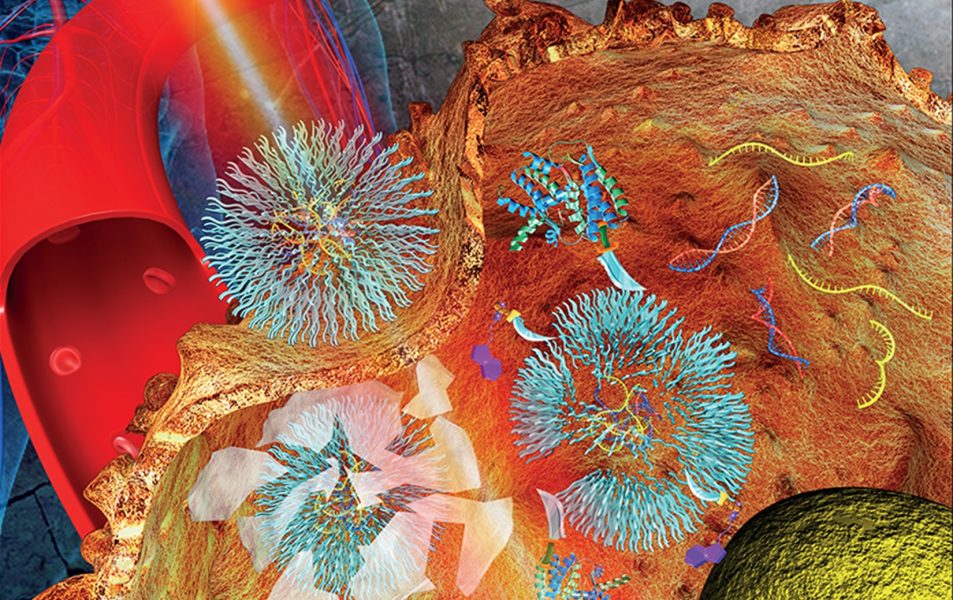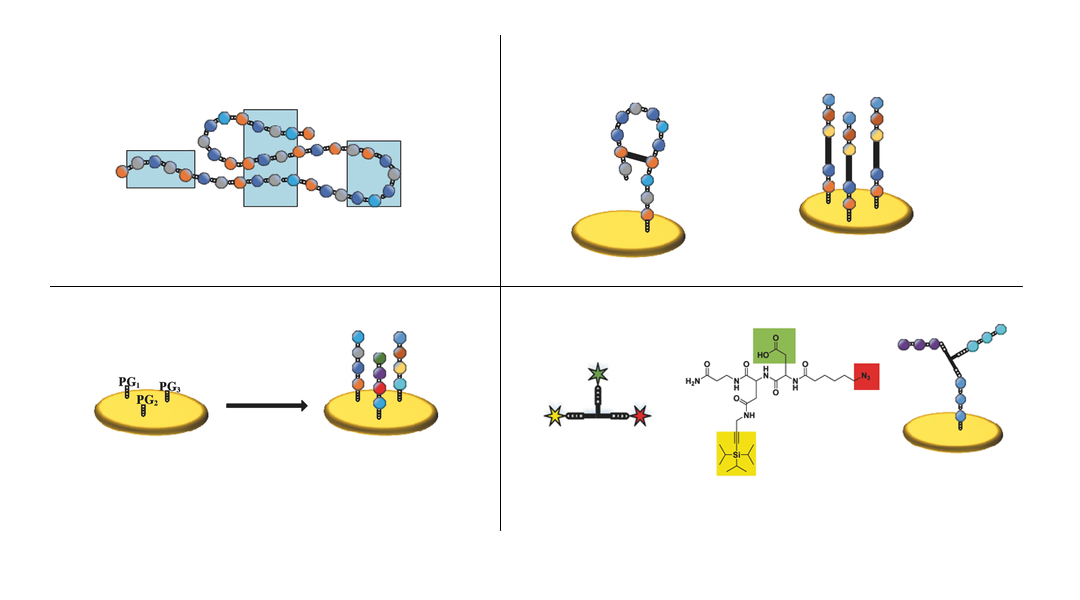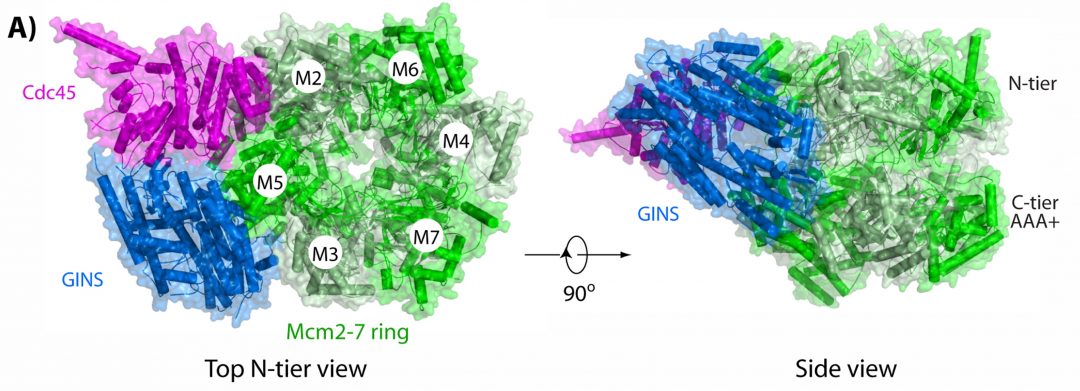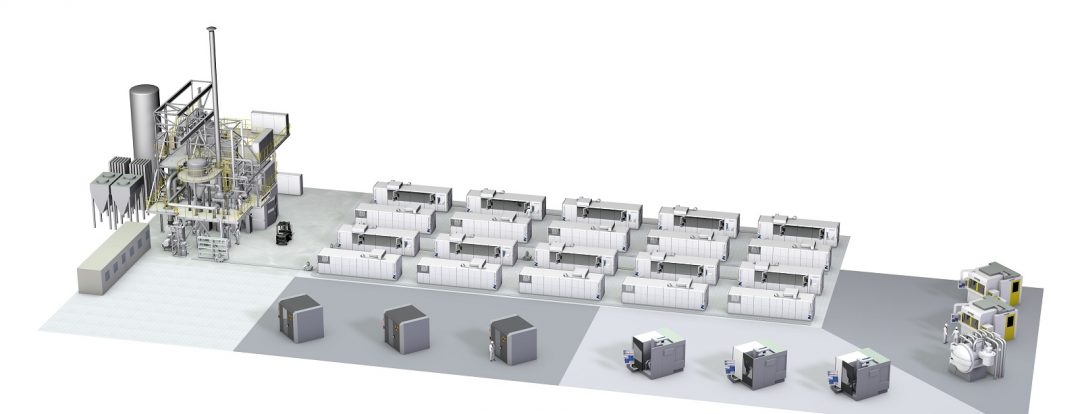Latest Advanced Healthcare Materials covers.


Latest Advanced Healthcare Materials covers.
![A Hybrid Hydrogel Ink for Smart Materials [Video]](https://www.advancedsciencenews.com/wp-content/uploads/2018/02/adfm201705365_ASM_image.png)
A functional hybrid ink for 3D-printed hydrogels is developed by Shlomo Magdassi from the Hebrew University of Jerusalem, Yi Long from Nanyang Technological University, and their colleagues. Their simple approach enables the printing of smart materials with high flexibility.

A method to create arrays of branched peptide assemblies as a surrogate for protein arrays is developed.
If we consider models as hypotheses about how the hydrology is working, then testing models as hypotheses is one way of doing science in the inexact sciences.

Metamorphic and stretchable electronics applications were developed by researchers from the Technical University of Ilmenau, which enable new 3D shapes and new form factors for electronics applications.
In the “golden age” of molecular microbiology, modern molecular tools enable researchers to understand freshwater microbial communities in unprecedented detail by identifying and enumerating them, as well as determining their activity in the environment.

In their review in BioEssays, Huilin Li and Michael O’Donnell discuss recent findings about the structure and function of the eukaryotic CMG helicase.

By using a series of micro-obstacles in semicircular microchannels, the acceleration of Dean-like secondary flow and helical vortices can be applied to achieve fluid manipulation in a highly-efficient manner.

Additive Industries and SMS group jointly develop a production system for additive manufacturing of metals in industrial scale.
![A Detailed Study of Misfit Dislocations in Complex Oxides [Video]](https://www.advancedsciencenews.com/wp-content/uploads/2018/02/adfm201704437_ASN_image.png)
A team of researchers combine atomic resolution imaging and spectroscopic techniques to determine the structure of misfit dislocations in a perovskite-type heteroepitaxial system. The results shed light on the complex chemical behavior of misfit dislocations formed at the interface between two multinary oxides.